The answer to the question, “How to choose between ternary lithium and lithium iron phosphate batteries?” encapsulates 30 years of technological warfare in the new energy battery industry. From Sony’s invention of the ternary lithium battery in 1991, to BYD’s adoption of lithium iron phosphate batteries in vehicles in 2008, and now the fierce competition between blade batteries and 4680 batteries, the advantages and disadvantages of these two types of batteries have never been a simple matter of “black and white.” Today, combining battery development history, real-world testing data from automakers, and safety cases, we thoroughly explain the “secrets to choosing an electric vehicle battery” from four dimensions: misconceptions, historical background, in-depth comparison of advantages and disadvantages, and scenario guidance. Learn this guide, and you’ll never be misled by salespeople again when buying an electric vehicle.
I. Debunking 3 Fatal Misconceptions: Your Understanding of the Two Types of Batteries Has Been Wrong From the Start
Regarding ternary lithium and lithium iron phosphate batteries, these three most widely circulated claims have long been refuted by technological iterations and real-world testing data. Each misconception could lead you to choose the wrong electric vehicle.
Myth 1: “Legion iron phosphate batteries are only safe, but their range is so poor you can’t even drive on the highway.”
“Legion iron phosphate electric vehicles have a 50% reduction in highway range, and you can’t even drive on the highway in winter with the air conditioning on!” This statement reflects technology from 10 years ago. Today’s lithium iron phosphate batteries, through “material improvements and structural optimization,” have significantly improved range, with some models achieving over 500 kilometers on the highway.
BYD’s 2024 real-world test data shows that the Han EV equipped with the blade battery has a CLTC range of 610 kilometers. At a normal temperature of 25℃, driving on the highway (at 120km/h), the actual range is 480 kilometers, a reduction of 79%. In winter, at -5℃ with the air conditioning on, the actual range is 380 kilometers, a reduction of 62%, fully meeting the needs of inter-provincial highway driving. Ten years ago, lithium iron phosphate battery electric vehicles had a highway range reduction of only 50%, a significant leap forward in technology.
More importantly, lithium iron phosphate batteries offer superior “range stability.” A third-party test showed that after three years of use, the range of ternary lithium battery electric vehicles decreases by about 15%, while the range of lithium iron phosphate battery electric vehicles decreases by only 8%, resulting in longer range performance on highways. Mr. Li, a ride-hailing driver in Beijing, said, “My BYD Qin PLUS EV has been used for four years, and it can still travel 350 kilometers on the highway, 50 kilometers more than other ternary lithium battery electric vehicles of the same period.”
Misconception 2: “Ternary lithium batteries only have long range, but they catch fire easily in a collision, making them too dangerous.”
“Ternary lithium batteries are ‘mobile bombs,’ they catch fire with a single impact!” This statement ignores the “safety protection technology” of modern batteries. Today’s ternary lithium batteries, through “cell encapsulation + thermal management system + structural reinforcement,” have significantly improved safety, with an extremely low probability of catching fire under normal use.
Tesla’s 2024 safety report shows that the Model Y, equipped with 4680 ternary lithium batteries, has a fire rate of only 0.01 times per million kilometers, far lower than the 0.18 times per million kilometers for gasoline vehicles. Its core safety technologies include: fire-resistant material isolation between cells, a spray cooling system for the battery pack, and automatic power cut-off in the event of a collision. In a rear-end collision involving a Model Y in 2024, the battery pack was deformed but did not catch fire, demonstrating the effectiveness of these safety technologies.
Of course, the “thermal runaway risk” of ternary lithium batteries is still higher than that of lithium iron phosphate batteries, but it is by no means “catching fire on the first impact”—a fire is only possible when the cells are severely compressed or punctured, and the thermal management system fails. Such extreme situations rarely occur in models from reputable automakers.
Misconception 3: “In the south, choose lithium iron phosphate; in the north, only ternary lithium batteries are an option, there’s no other choice.”
“Northern winters are cold, lithium iron phosphate batteries freeze and won’t run, so you can only buy ternary lithium batteries!” This statement is too absolute. Today, lithium iron phosphate batteries, thanks to “low-temperature preheating technology,” have significantly improved their performance in northern winters, with some models even rivaling ternary lithium batteries.
Great Wall Motors’ 2024 winter test in northern China showed that the ORA Lightning Cat, equipped with lithium iron phosphate batteries and featuring “battery preheating + heat pump air conditioning,” achieved a range of 320 kilometers (CLTC range 550 kilometers) at -10°C, a discount rate of 58%. In contrast, a ternary lithium battery without preheating achieved a range of 350 kilometers during the same period, a discount rate of 60%, a difference of only 30 kilometers. In milder temperatures of -5°C, the range difference was even smaller, only 15 kilometers.
Mr. Wang, a car owner in Beijing, shared a representative experience: “I bought a BYD Song PLUS EV (lithium iron phosphate). In winter, I use a mobile app to preheat the battery 10 minutes in advance. Driving in the city with the air conditioning on, the range reaches 380 kilometers, only 20 kilometers less than my friend’s ternary lithium-ion electric car, which is more than enough.”
II. Historical Background: The 30-Year Battery War, From Japanese Monopoly to China’s Comeback
The advantages and disadvantages of ternary lithium and lithium iron phosphate batteries are not inherent, but rather the result of 30 years of technological iteration and industrial competition. From Japanese companies monopolizing ternary lithium to Chinese companies making lithium iron phosphate a “Chinese calling card,” each technological breakthrough has changed the fate of the two types of batteries.
1. 1991-2008: The “Monopoly Era” of Ternary Lithium, the “Difficult Start” of Lithium Iron Phosphate
In 1991, Sony of Japan invented the world’s first commercially available ternary lithium battery (LiCoO₂, a ternary system of lithium cobalt oxide). Leveraging its “high energy density,” it quickly monopolized the consumer electronics market (such as mobile phones and laptops). In 2008, Tesla’s Model S adopted Panasonic’s ternary lithium batteries (LiNiCoAlO₂, a nickel-cobalt-aluminum ternary system), marking the first time ternary lithium was used in an electric vehicle, achieving a range of 426 kilometers, shocking the industry—this was the “battle for fame” for ternary lithium batteries in the automotive field, establishing their “high range” label.
At the same time, lithium iron phosphate batteries were still in their “difficult early stages.” In 1996, the University of Texas invented lithium iron phosphate cathode material, but due to its “low energy density” (only 130Wh/kg, far lower than ternary lithium’s 180Wh/kg) and high cost, it attracted little attention. In 2003, after BYD acquired Xi’an Qin Chuan Automobile, it began developing lithium iron phosphate batteries, launching its first electric vehicle equipped with lithium iron phosphate, the F3DM, in 2008, with a range of only 100 kilometers, which was ridiculed by the industry as “only suitable for grocery shopping.”
During this period, the positioning of the two types of batteries began to emerge: ternary lithium batteries focused on “long driving range” due to their high energy density, while lithium iron phosphate batteries, due to their high safety (thermal decomposition temperature of 600℃, compared to only 200℃ for ternary lithium), could only linger in the low-end market.
2. 2009-2019: China’s Comeback! Lithium Iron Phosphate Rises with “Cost + Safety”
In 2009, China launched the “Ten Cities, Thousand Vehicles” new energy vehicle demonstration project, which brought a turning point for lithium iron phosphate batteries—at that time, cobalt prices skyrocketed (the price of cobalt, the core raw material for ternary lithium, rose from $20,000/ton in 2009 to $80,000/ton in 2018), while lithium iron phosphate batteries, which do not contain cobalt or nickel, cost only 60% of ternary lithium, quickly becoming the “cost-effective choice” for automakers.
BYD’s technological breakthroughs were crucial: In 2016, BYD launched the “Lithium Iron Phosphate Power Battery 2.0,” increasing energy density to 160Wh/kg and achieving a range of 300 kilometers. In 2019, BYD announced the development of the “Blade Battery,” which, through “long cells + honeycomb structure,” significantly improved battery pack strength without increasing energy density, while further reducing costs by 10%. In 2020, the Blade Battery completed a “puncture test”—after a steel needle punctured the cell, there was no fire or explosion, only a slight increase in temperature, solidifying the “safety” of lithium iron phosphate.
During the same period, ternary lithium batteries were also evolving: In 2015, South Korea’s LG launched the “Nickel-Cobalt-Manganese Ternary System (NCM),” increasing energy density to 200Wh/kg. After Tesla’s Model 3 adopted it, its range reached 556 kilometers. However, high cobalt prices and safety concerns meant that ternary lithium batteries could never replace the “cost advantage” of lithium iron phosphate. In 2019, the installed capacity of lithium iron phosphate (LFP) batteries in Chinese vehicles reached 51%, surpassing ternary lithium batteries for the first time and achieving a “comeback.”
3. 2020 to Present: Technological Convergence! Both Batteries Address Their Weaknesses
After 2020, the two battery types began to address their weaknesses: ternary lithium batteries reduced costs through “cobalt reduction and nickel increase” (such as NCM811, with 80% nickel and 10% cobalt content), while also improving safety with more advanced thermal management systems; LFP batteries improved energy density and space utilization through “structural innovation” (such as blade batteries and CTP/CTC technology).
In 2023, BYD launched the “LFP Kirin Battery,” achieving an energy density of 255Wh/kg and a range exceeding 1000 kilometers, approaching the energy density of ternary lithium batteries for the first time; in the same year, Tesla launched the 4680 ternary lithium battery, improving heat dissipation efficiency through a “large cylindrical structure,” significantly improving safety, and reducing costs by 14%. Today, the two types of batteries are no longer mutually exclusive: some high-end BYD models (such as the Yangwang) use both types of batteries, with the ternary lithium version emphasizing long range and the lithium iron phosphate version prioritizing safety; Tesla also offers both battery options in the Model 3 to meet the needs of different users. An industry report shows that in 2025, the installed capacity of ternary lithium and lithium iron phosphate batteries in China’s new energy vehicle market will account for 48% and 52% respectively, basically equal, forming a “two-horse race” pattern.
III. In-depth comparison of advantages and disadvantages: 5 core dimensions to see the “true face” of the two types of batteries
Leaving aside historical factors, comparing the advantages and disadvantages of the two types of batteries from five core dimensions—range, safety, cost, lifespan, and low-temperature performance—is essential to finding the most suitable choice.
1. Range: Ternary lithium batteries reign supreme in range, while lithium iron phosphate batteries surpass them. The core advantage of ternary lithium batteries is their high energy density—currently, mainstream ternary lithium batteries have an energy density of 200-280Wh/kg, with CLTC models typically achieving a range of 600-800 kilometers, and some high-end models (such as the NIO ET7) reaching 1000 kilometers. In contrast, mainstream lithium iron phosphate batteries have an energy density of 160-255Wh/kg, with CLTC models generally achieving a range of 500-700 kilometers, and a few models (such as the BYD Kirin battery version) reaching 1000 kilometers.
Real-world test data provides a more intuitive understanding: At a normal temperature of 25℃, the Tesla Model 3 (CLTC range 675 km) equipped with ternary lithium batteries has an actual highway range of 530 km; the BYD Han EV (CLTC range 610 km) equipped with lithium iron phosphate batteries has an actual highway range of 480 km, a difference of 50 km. In urban driving, the difference is even smaller, only 30 km.
However, lithium iron phosphate batteries offer stronger “range stability”—after 3 years of use, the range degradation rate of ternary lithium batteries is approximately 15%, while that of lithium iron phosphate batteries is only 8%. For example, a ternary lithium battery electric vehicle with a new range of 600 km will have a highway range of approximately 510 km after 3 years; while a lithium iron phosphate electric vehicle with a new range of 550 km will have a highway range of approximately 506 km after 3 years, the difference almost disappearing.
2. Safety Performance: Lithium Iron Phosphate Takes the Lead in Safety, Ternary Lithium Requires Technological Safeguards
Safety is the biggest difference between the two types of batteries, primarily due to their thermal decomposition temperature and thermal runaway:
Lithium Iron Phosphate: Thermal decomposition temperature is approximately 600℃, and it releases less heat during thermal runaway, making it less prone to fire and explosion. Even if the cell is punctured, it remains stable, which is why BYD’s Blade Battery passed the puncture test.
Ternary Lithium: Thermal decomposition temperature is approximately 200-300℃. During thermal runaway, it releases a large amount of oxygen and heat, easily triggering a chain reaction that can lead to fire and explosion. Although thermal management systems are now in place, the risk remains higher than with lithium iron phosphate in extreme situations (such as severe collisions or cell compression).
Safety case studies are more convincing: According to statistics from a third-party organization in 2024, ternary lithium battery models accounted for 72% of fire accidents involving new energy vehicles in China, while lithium iron phosphate battery models accounted for 28%. Furthermore, after a ternary lithium battery fire, the fire spreads much faster, and the average extinguishing time is twice that of lithium iron phosphate.
However, it’s important to note that lithium iron phosphate is not “absolutely safe”—if the battery pack is flooded, overcharged, or uses inferior cells, it can still catch fire; it simply has a higher safety threshold compared to ternary lithium.
3. Cost and Price: Lithium iron phosphate is the “king of cost-effectiveness,” while ternary lithium is “expensive for a reason.”
The cost difference between the two types of batteries mainly comes from “raw materials”:
Ternary lithium: Relies on rare metals such as cobalt and nickel. Cobalt costs approximately $30,000/ton, and nickel costs approximately $20,000/ton, with raw material costs accounting for 60% of the total battery cost.
Lithium iron phosphate: The raw materials are iron phosphate and lithium, without cobalt or nickel. Raw material costs only account for 40% of the total battery cost, and the cost advantage becomes more pronounced as lithium prices decrease.
This translates to lower vehicle prices: for the same model, the lithium iron phosphate (LFP) version is 5,000-15,000 yuan cheaper than the ternary lithium version. For example, the BYD Song PLUS EV starts at 159,800 yuan for the LFP version and 174,800 yuan for the ternary lithium version, a difference of 15,000 yuan; the Tesla Model 3 starts at 231,900 yuan for the LFP version and 251,900 yuan for the ternary lithium version, a difference of 20,000 yuan.
For automakers, the “cost advantage” of LFP is even more pronounced—in 2024, the average price of LFP batteries was approximately 0.6 yuan/Wh, while the average price of ternary lithium batteries was approximately 0.8 yuan/Wh. For every 70kWh electric vehicle produced, automakers can save 14,000 yuan by using LFP batteries. This is why ride-hailing and taxi vehicles often choose LFP batteries.
4. Lifespan: Lithium Iron Phosphate (LFP) is the “Durable Champion,” while Ternary Lithium is “Good Enough.”
Battery lifespan is mainly determined by the number of charge/discharge cycles (one charge/discharge cycle is one period, and the lifespan ends when the capacity drops below 80%):
LFP: Approximately 2000-3000 cycles. Assuming 100 charges per year, it can last 20-30 years. Even for ride-hailing vehicles, with 300 charges per year, it can last 7-10 years.
Ternary Lithium: Approximately 1200-2000 cycles. Assuming 100 charges per year, it can last 12-20 years. For ride-hailing vehicles, it lasts approximately 4-7 years.
Real-world test data provides more accurate data: In 2024, a ride-hailing company reported that its BYD Qin PLUS EV (LFP) still had 85% battery capacity after 5 years of use; while ternary lithium-ion electric vehicles of the same period only had 78% battery capacity. Mr. Liu, a ride-hailing driver in Shenzhen, said, “I’ve driven my car for 6 years and covered 600,000 kilometers. The battery can still go 300 kilometers. I plan to drive it for another 2 years before replacing it.”

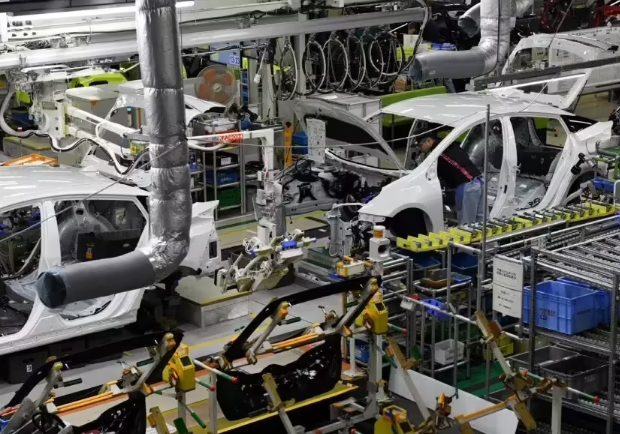
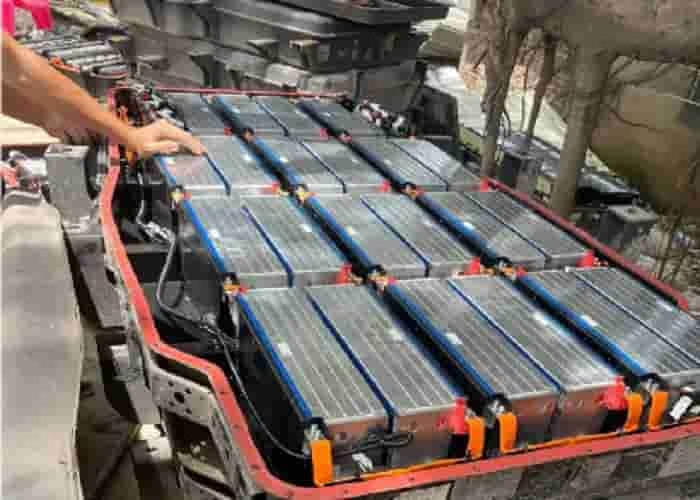
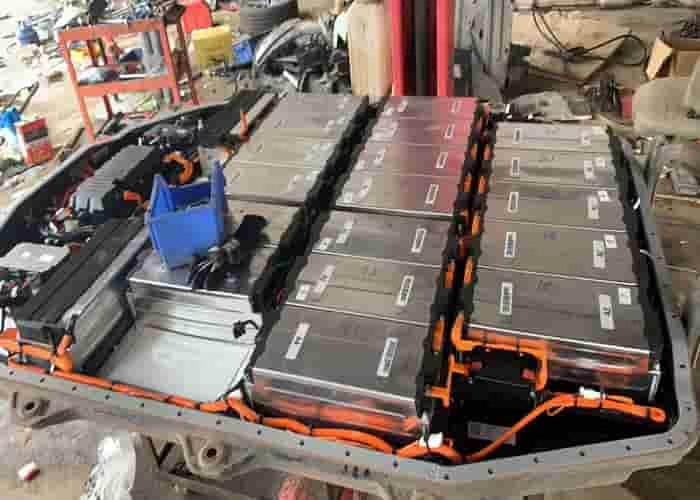

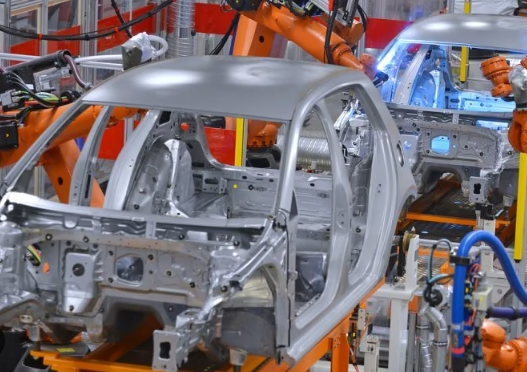
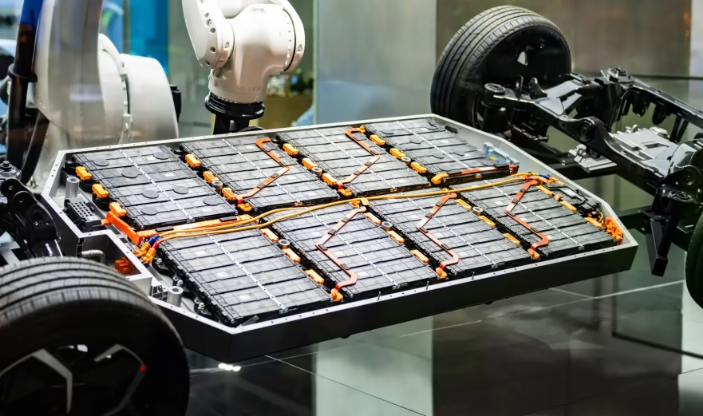
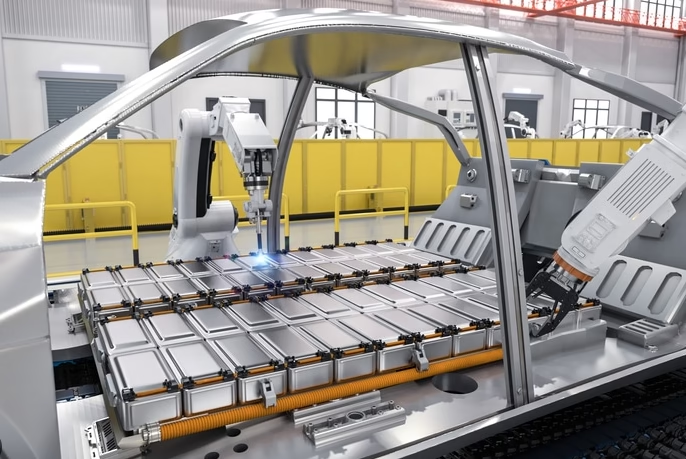
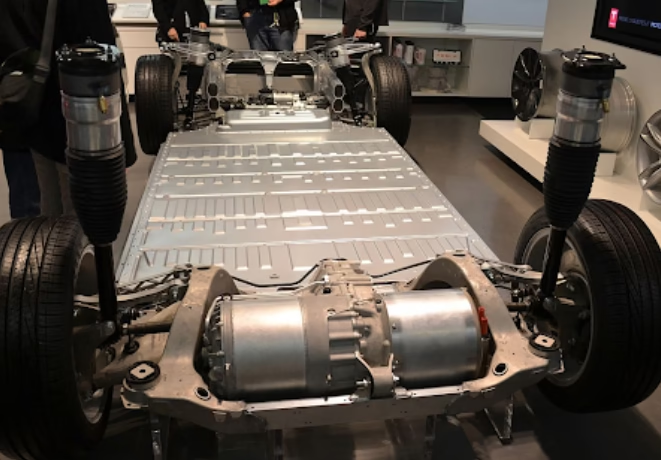
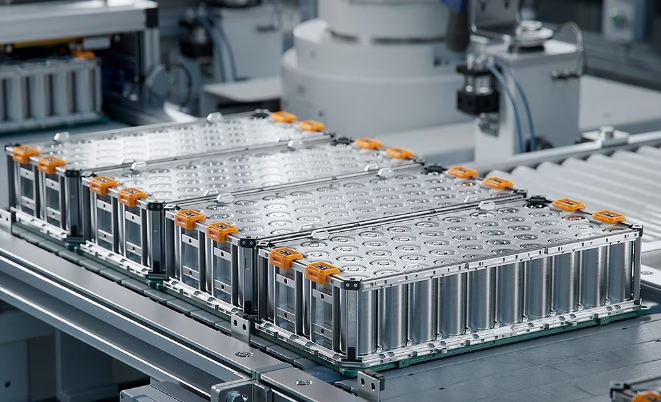
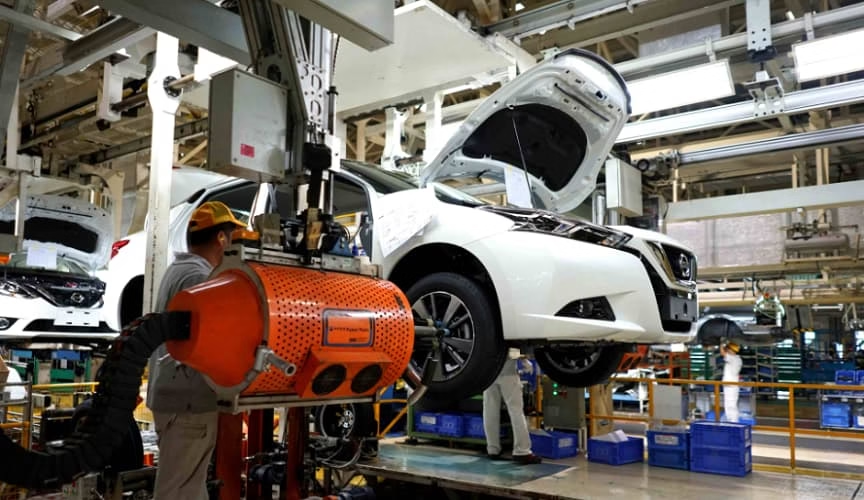
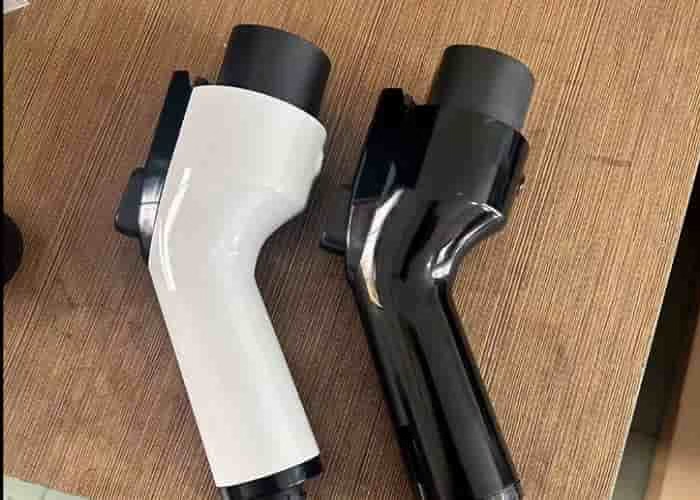


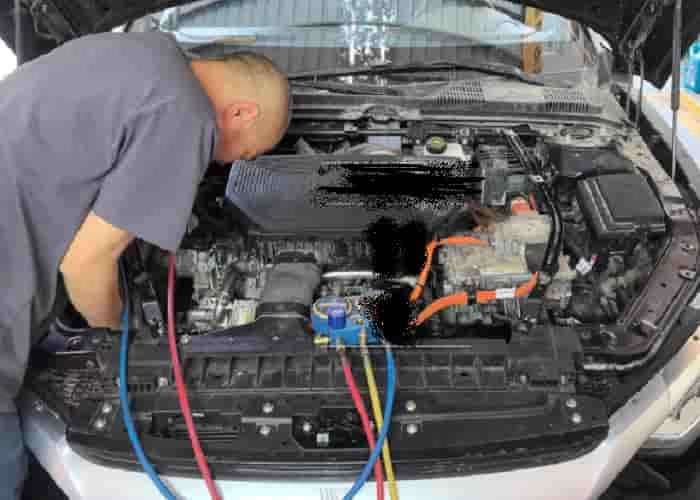
Leave a Reply